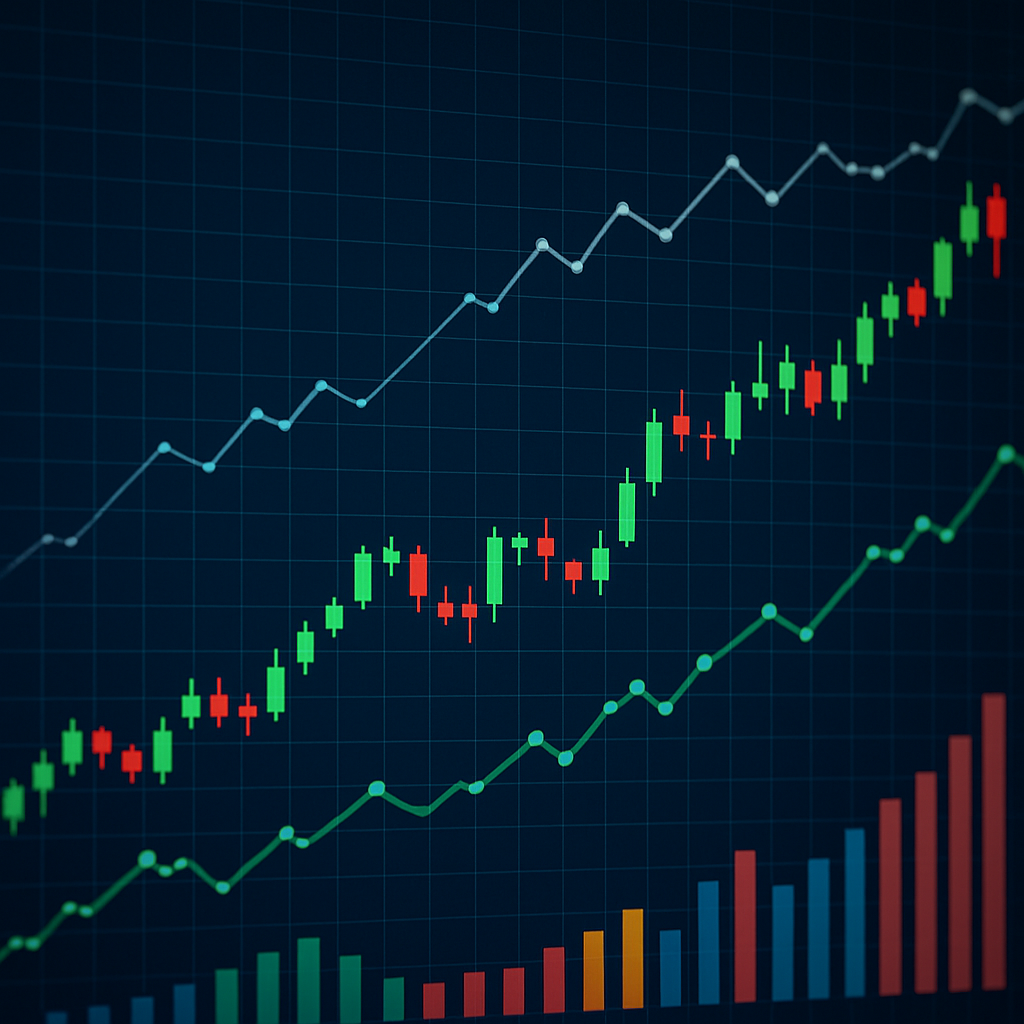Master Successful Trading: Essential Strategies & Tips
Unlock the secrets to successful trading with expert tips on day trading and forex trading. Develop strategies, manage risks, and achieve your goals.
Essential Tips for Successful Trading Strategies
Before diving into
Understanding the basics also involves familiarizing yourself with the terminology and concepts used in
Different Types of Trading
There are several types of
Day Trading : This involves buying and selling financial instruments within the sametrading day, aiming to capitalize on short-term price movements. Day traders rely heavily on technical analysis and usually hold positions for minutes or hours, closing out all trades by the end of the day to avoid overnight risks.Forex Trading : This is the exchange of currencies on the foreign exchange market, one of the largest and most liquid markets in the world.Forex trading requires a good understanding of global economic indicators and geopolitical events, as these can significantly impact currency values.- Swing
Trading : This strategy involves holding positions for several days to capitalize on expected upward or downward market swings. Swing traders often use a combination of technical and fundamental analysis to identify market trends and potential entry and exit points.
Each type of
Developing a Trading Plan
A well-defined
Set Clear Goals
Determine what you aim to achieve with your
Goals should be both short-term and long-term, providing a clear vision of what you want to accomplish. Short-term goals might involve mastering a particular
Assess Your Risk Tolerance
Understanding your risk tolerance is crucial for
It's important to regularly reassess your risk tolerance as your circumstances and market conditions change. This involves evaluating your financial health and ensuring that you are not over-leveraging your positions. Risk management tools like stop-loss orders and position sizing can help you stay within your risk tolerance limits. By keeping your risk in check, you can trade with confidence and reduce the likelihood of making impulsive decisions driven by fear or greed.
Define Your Trading Strategy
Your strategy should outline the criteria for entering and exiting trades. This includes the indicators you will use, the time frames you will focus on, and any other relevant factors that influence your
A successful
The Importance of Market Analysis
Successful
Technical Analysis
Technical analysis involves studying price charts and patterns to identify potential
Technical analysis requires a deep understanding of chart patterns and the ability to interpret them accurately. It involves recognizing trends, support and resistance levels, and momentum indicators. By mastering technical analysis, traders can develop strategies that capitalize on short-term price movements and increase their chances of success in fast-paced markets.
Fundamental Analysis
Fundamental analysis involves evaluating the underlying factors that influence the value of a financial instrument, such as economic indicators, company performance, and geopolitical events. This type of analysis is crucial for long-term
Traders who use fundamental analysis often look at macroeconomic data, such as GDP growth rates, interest rates, and inflation figures, to gauge the overall health of an economy. They also analyze company financial statements and industry trends to assess the potential for growth and profitability. By understanding the broader economic landscape, traders can make informed decisions about which assets to invest in for the long term.
Managing Your Trades

Managing your trades effectively is key to minimizing losses and maximizing profits. Here are some essential tips for managing your trades:
Use Stop-Loss Orders
A stop-loss order is a preset order to sell a security once it reaches a certain price. This helps you limit potential losses and protect your capital. By using stop-loss orders, you can ensure that you do not hold onto losing positions for too long, which can be detrimental to your
Stop-loss orders should be set based on your risk tolerance and market conditions. It's important to place them at strategic levels where they provide protection without prematurely closing out profitable trades. Regularly reviewing and adjusting your stop-loss levels can help you adapt to changing market dynamics and maintain a balanced risk-reward ratio.
Diversify Your Portfolio
Diversification involves spreading your investments across different assets or markets to reduce risk. By diversifying, you can protect your portfolio from significant losses if one market performs poorly. This strategy is essential for managing risk and maintaining a stable investment portfolio.
A diversified portfolio includes a mix of asset classes, such as stocks, bonds, commodities, and currencies. It also involves investing in different sectors and geographic regions to spread risk further. Regularly reviewing and rebalancing your portfolio ensures that it remains aligned with your financial goals and risk tolerance.
Monitor Your Trades
Regularly reviewing your trades is essential for understanding what strategies work and what do not. Keep a
By analyzing your trades, you can identify areas for improvement and refine your strategies. This process involves reviewing your entry and exit points, assessing the effectiveness of your risk management techniques, and evaluating your emotional responses to market movements. Continuous monitoring and analysis can lead to more informed
Emotional Discipline in Trading
Emotions can significantly impact your
Stick to Your Plan
It's easy to abandon your
By adhering to your plan, you can avoid making impulsive decisions driven by emotions. This discipline helps you maintain a clear focus on your goals and strategies, reducing the likelihood of costly mistakes. Regularly reviewing your plan and making necessary adjustments ensures that it remains effective and relevant in changing market conditions.
Take Breaks
If you find yourself overwhelmed, take a break from
Taking breaks also prevents burnout and maintains your mental well-being. It's important to recognize when emotions are affecting your decision-making and take proactive steps to manage them. By incorporating regular breaks into your
Learn from Mistakes
Every trader makes mistakes. The key is to learn from them and not let them affect your future trades. Reflect on what went wrong and how you can improve. Analyzing your mistakes provides valuable insights into your
By adopting a growth mindset, you can turn mistakes into learning opportunities. This involves acknowledging your errors, understanding their causes, and implementing strategies to prevent them in the future. Continuous learning and improvement are essential for becoming a successful trader and achieving long-term success.
Continuous Learning and Improvement
The
Stay Updated on Market Trends
Follow news outlets, financial blogs, and
Engaging with the
Attend Workshops and Seminars
Participating in workshops and seminars can provide valuable insights and knowledge from experienced traders and industry experts. These events offer opportunities to learn new strategies, gain practical skills, and stay informed about the latest trends and technologies in the
Workshops and seminars also provide networking opportunities, allowing you to connect with other traders and share experiences. By engaging with the
Practice with a Demo Account
Most
Practicing with a demo account allows you to gain confidence and refine your strategies before applying them in live markets. It's important to treat demo










